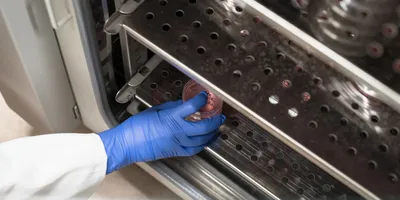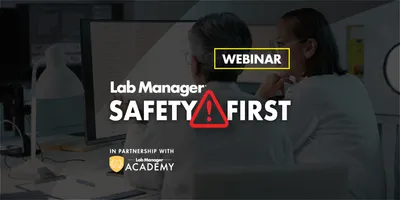
CURRENT ISSUE | VOLUME 3 - ISSUE 2 | July/August 2008
COVER STORY
Running Your Lab Like a Business
Tools and technologies lab managers need to succeed
Computing and Automation
How it Works

RNA samples are notoriously difficult to work with given their highly labile nature and tendency to degrade even under carefully controlled RNase-free conditions and maintenance in cold environments. Exposure to slightly elevated temperatures for even short time periods can compromise RNA integrity and detrimentally affect downstream assays and results.








